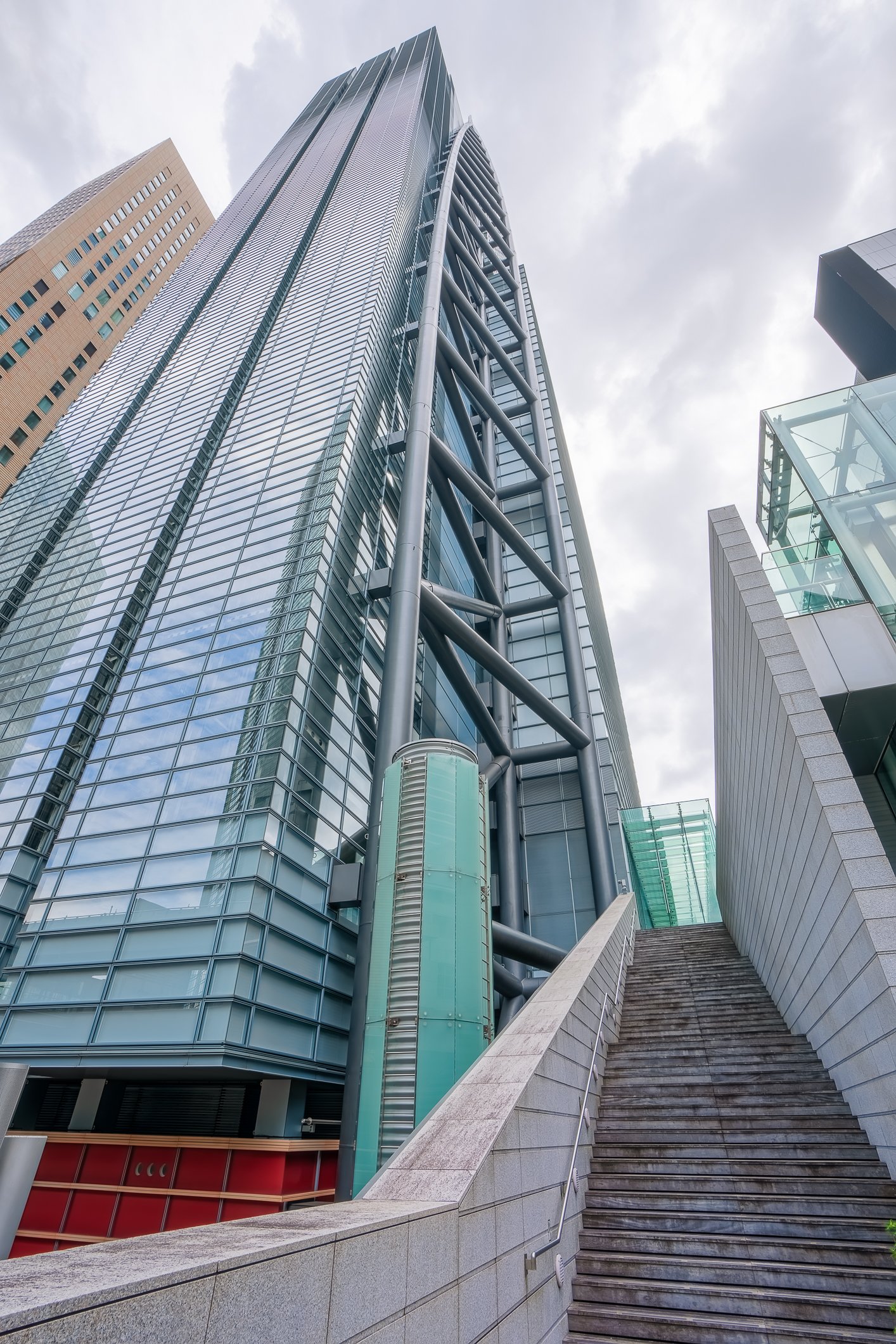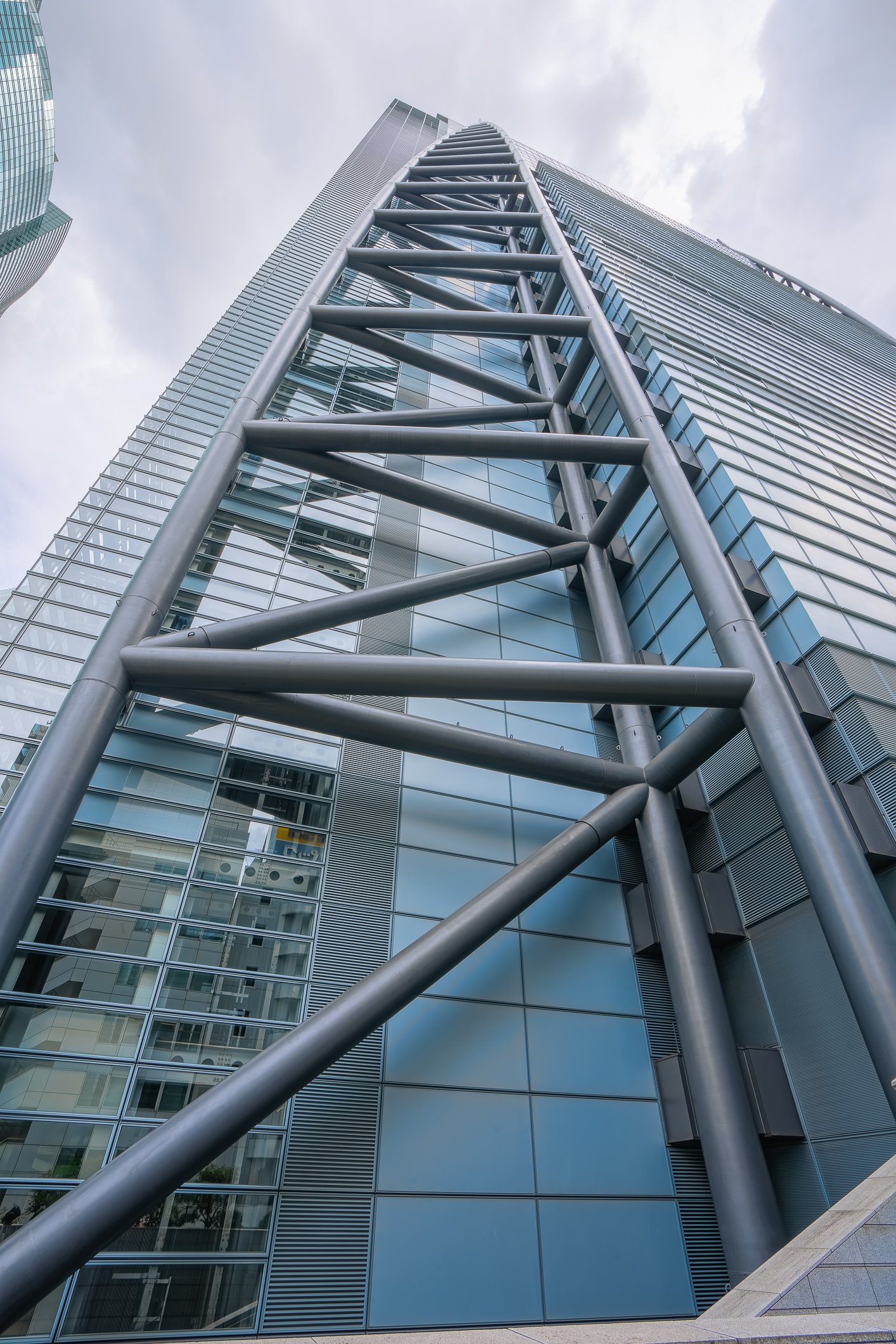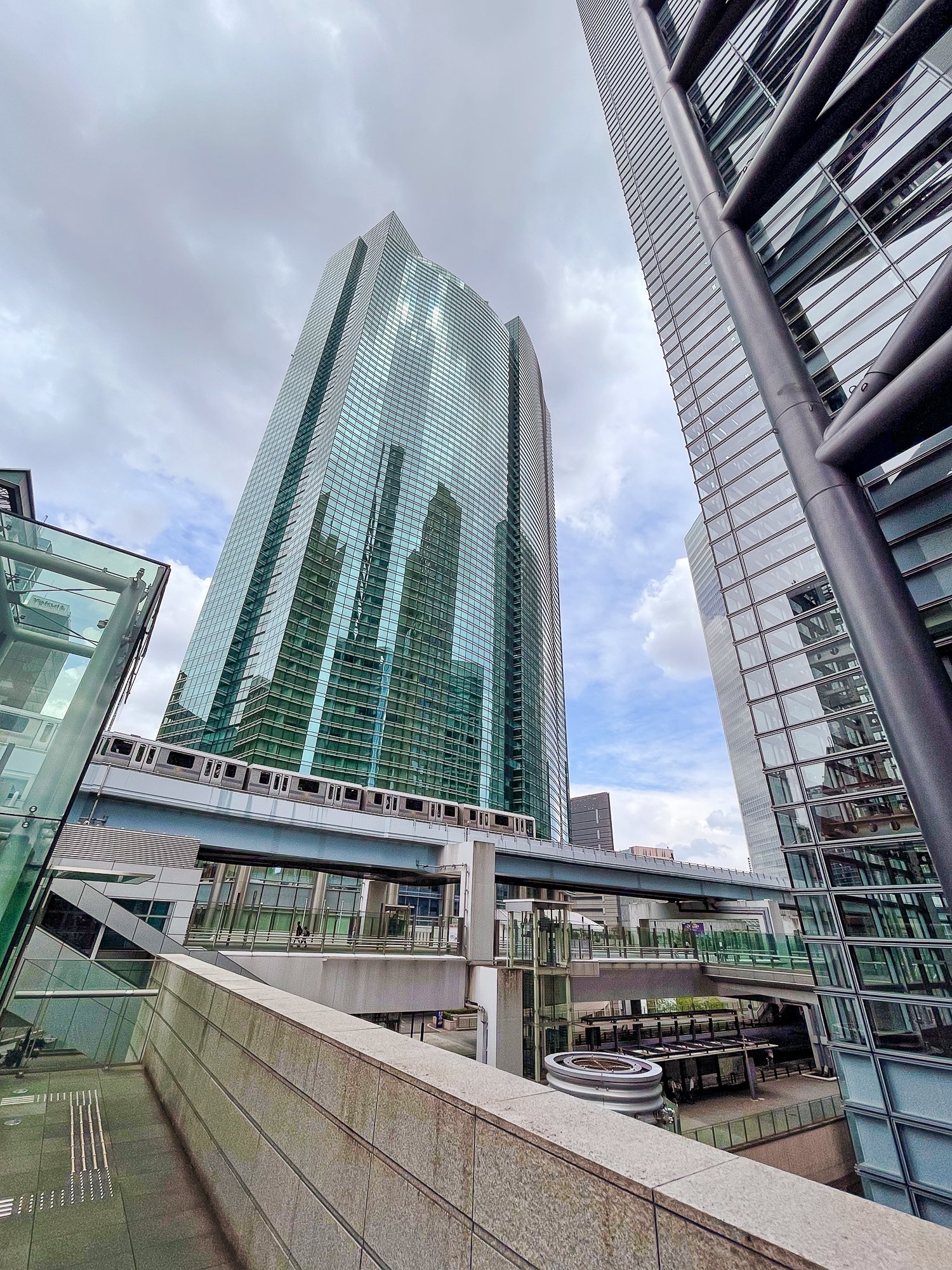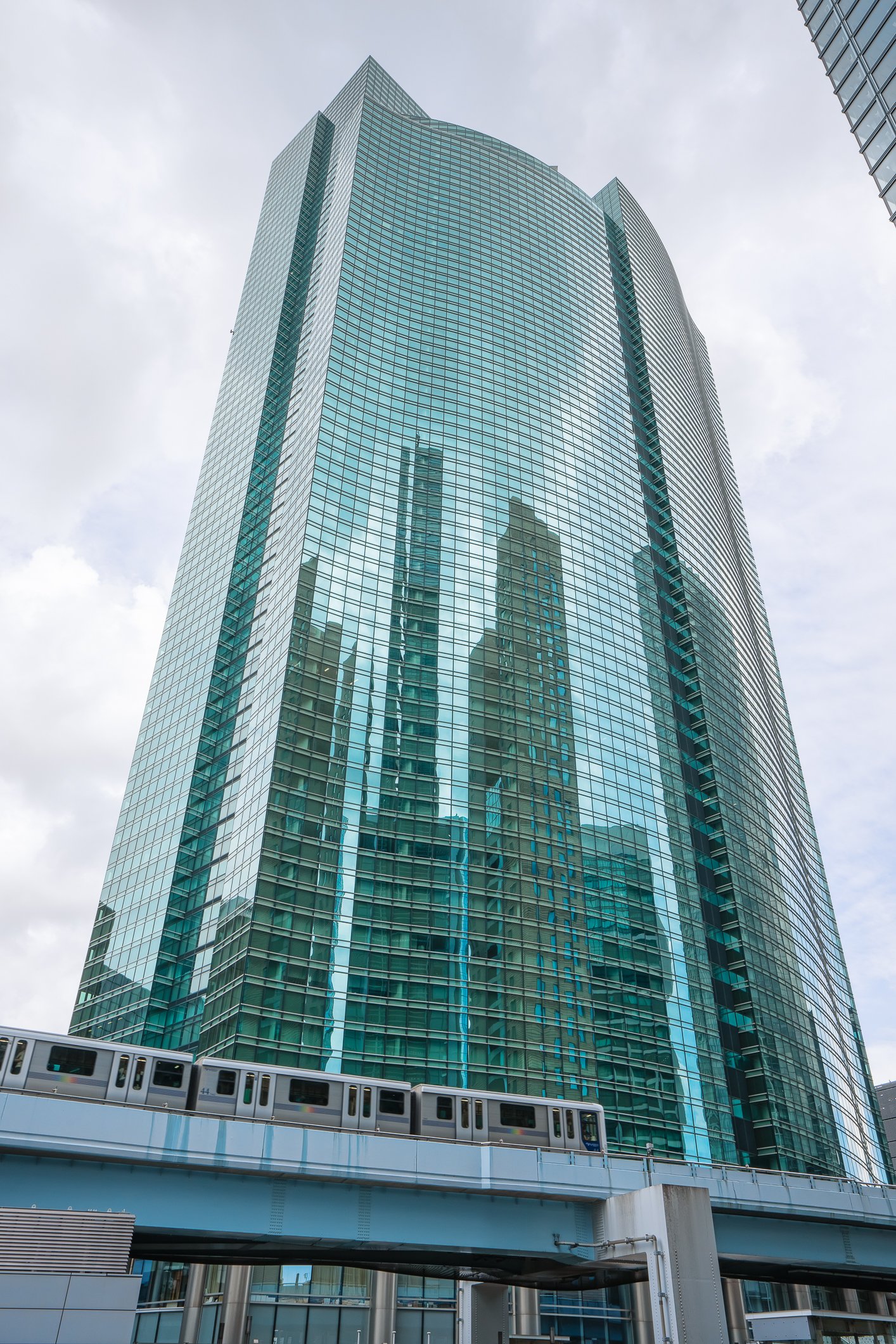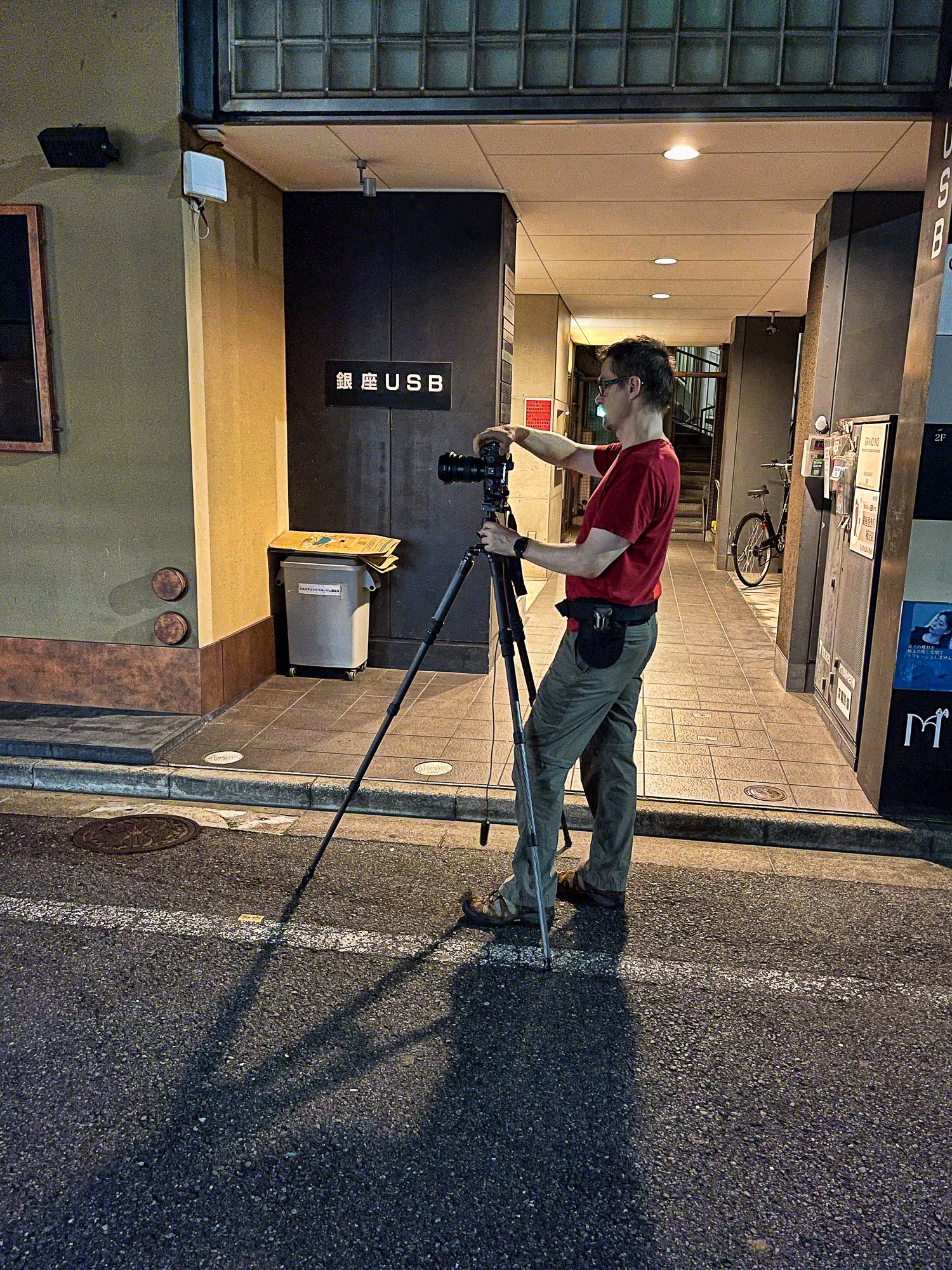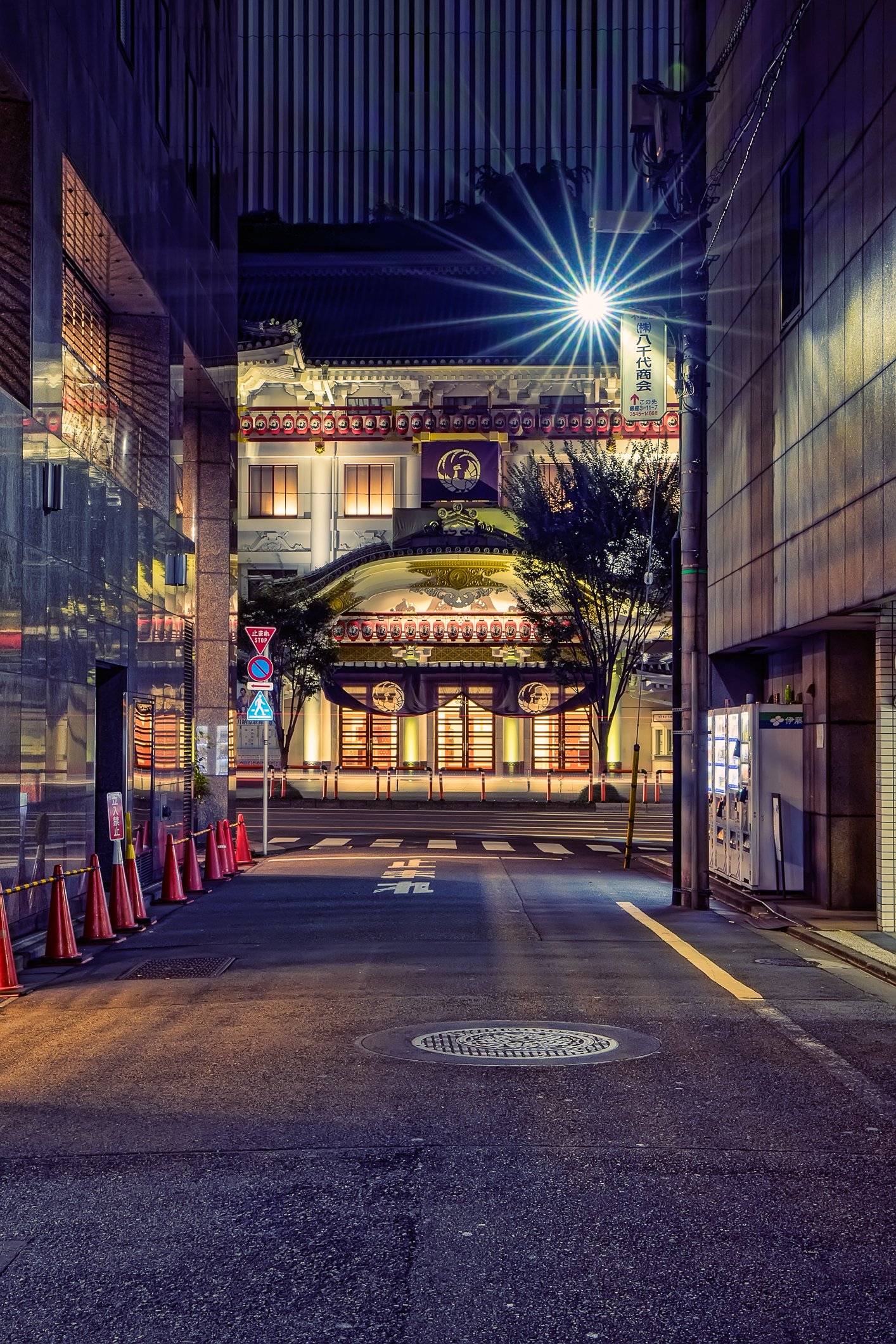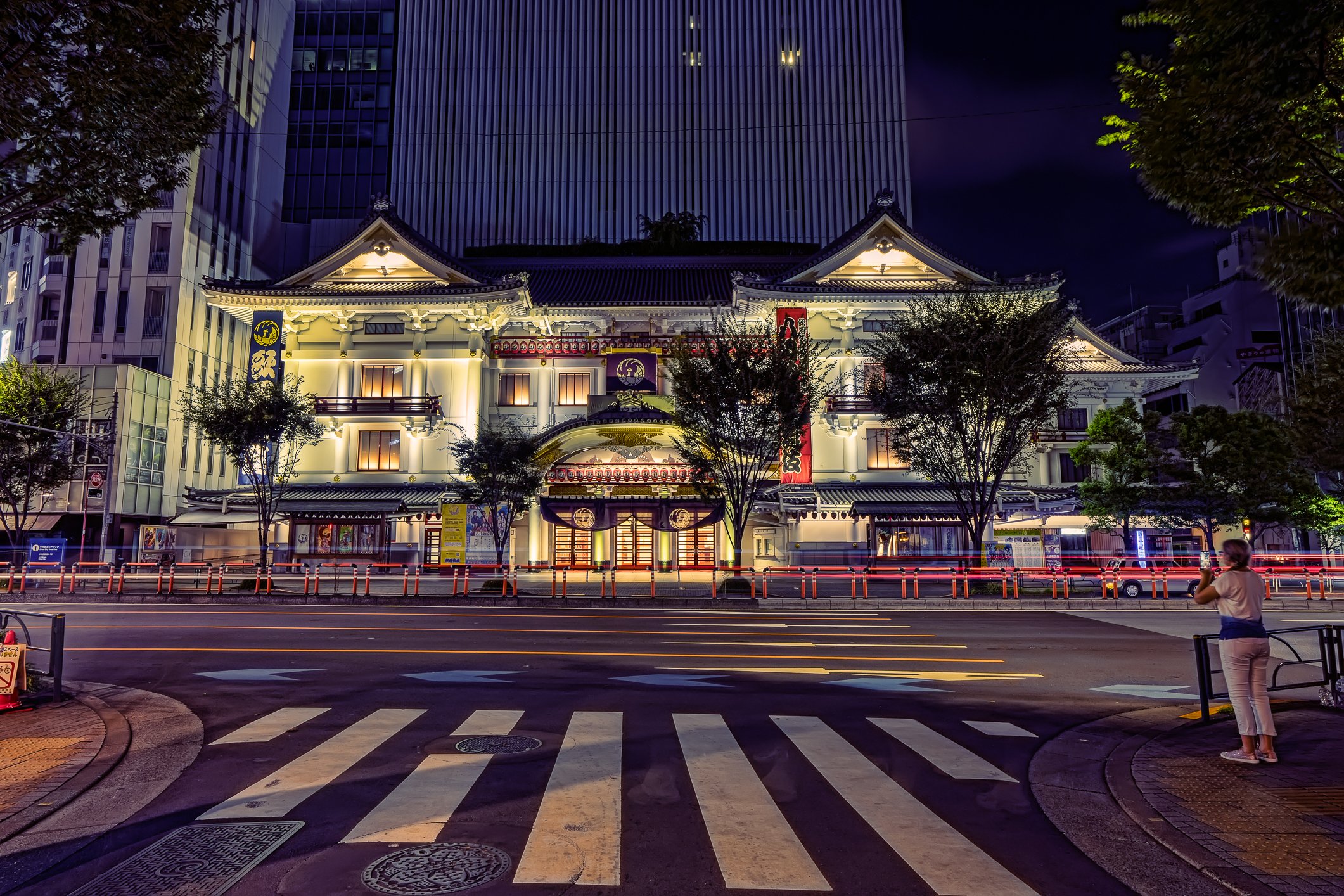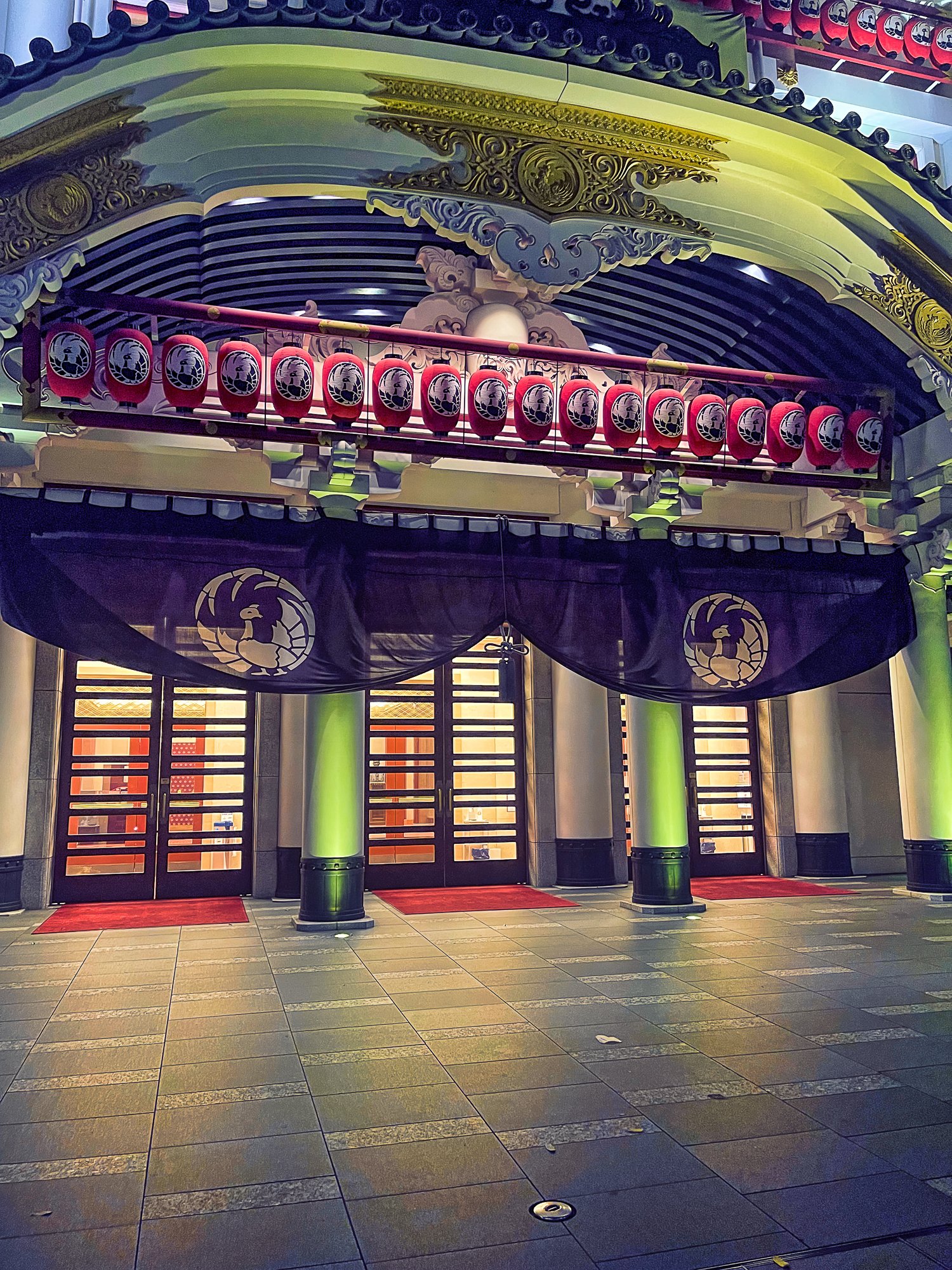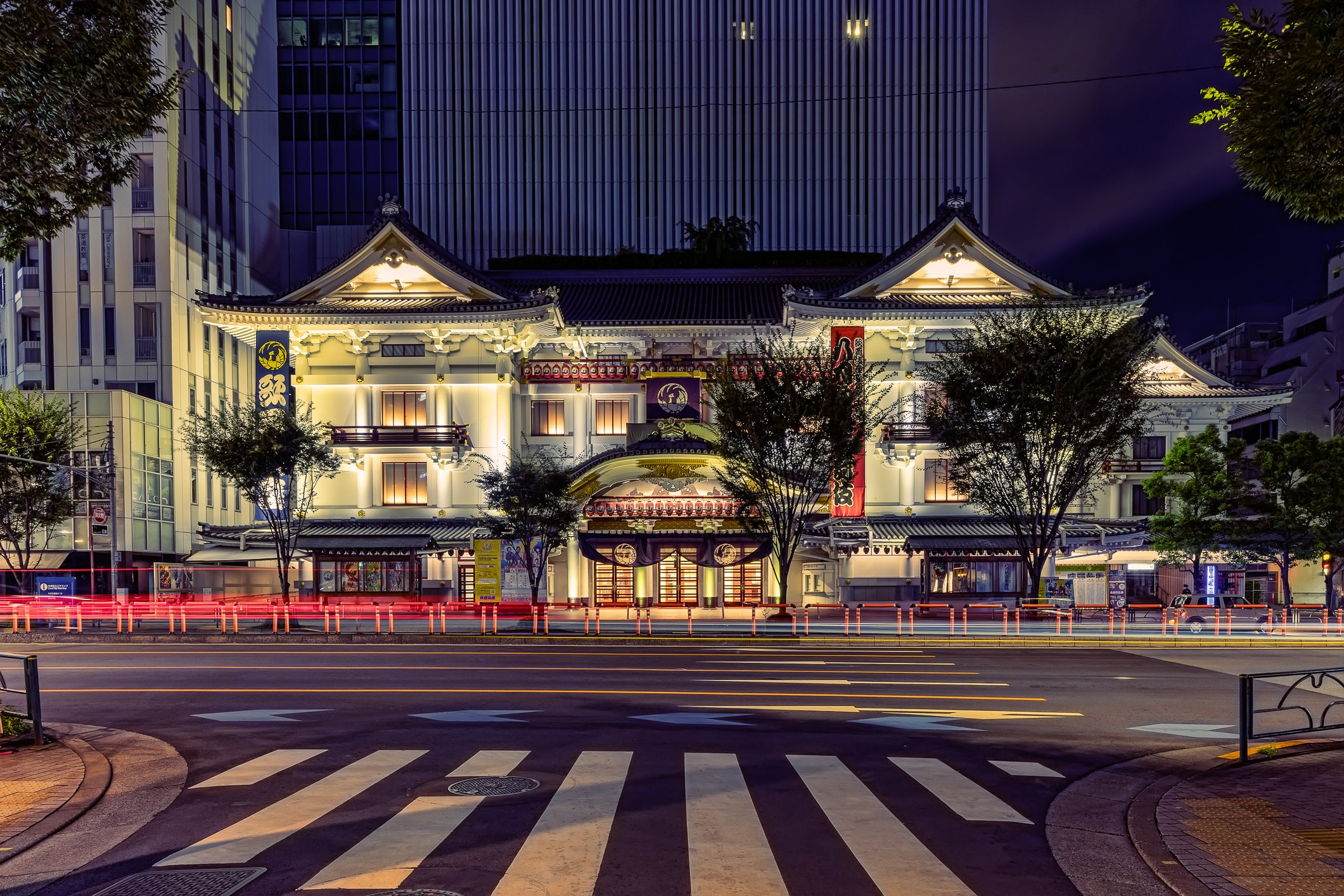Battersea Light Festival 2024
Read Morearchitecture
Ginza Place
And now it's really late, and we're off to the hotel again. Ginza looks marvelous at night, and we linger around the building known as Ginza Place, which houses showrooms for Sony and Nissan. The facade of this high-rise is inspired by sukashibori, a type of open latticework found in traditional Japanese crafts, typically used in small items like baskets or tableware. The Seiko Building opposite became a symbol of Ginza upon its completion in 1932, and its clock tower remains the icon of the area.There are also some other interesting buildings around.
A teraz jest już naprawdę późno i zdecydowanie czas już wracać do hotelu. Ginza nocą wyglądabardzo atrakcyjnie. Zatrzymujemy się na chwilę w pobliżu budynku znanego jako Ginza Place, w którym mieszczą się salony firm Sony i Nissan. Fasada tego wieżowca inspirowana jest sukashibori, rodzajem otwartej kraty spotykanej w tradycyjnym japońskim rzemiośle, zwykle używanej w małych przedmiotach, takich jak kosze czy zastawa stołowa. Kilka innych ciekawych budynkow znajduje sie w tej samej okolicy.










More of Ginza
After lunch, we head back to our hotel to freshen up. Ginza is a stunning district, making it enjoyable to stroll through. It's not just a famous, glitzy hub for luxury shopping and fine dining; it has much more to offer. If Chuo-Dori is its main artery, and the smaller streets are its veins, you can also explore many very narrow alleys, the capillaries of the district, that lead to back entrances or connect larger streets. These alleys are sometimes so narrow that you can touch buildings on both sides as you walk through.
Po obiedzie wracamy do naszego hotelu, aby się odświeżyć. Ginza to bardzo atrakcyjna dzielnica, po której przyjemnie się spaceruje. Ale to nie tylko słynne, eleganckie centrum pełne luksusowych sklepów i wyśmienitych restauracji; ten rejon Tokio ma o wiele więcej do zaoferowania. Jeśli Chuo-Dori jest tu główną arterią, a mniejsze ulice są żyłami, to można pójść jeszcze dalej i odwiedzić wąskie uliczki - system naczyń włosowatych dzielnicy. Te alejki są czasem tak ciasne, że przechodząc przez nie można dotknąć budynków po obu stronach.
There are many remarkable buildings in Ginza. One of my favourites, situated not too far from our hotel, is the seven-storey flagship store of Louis Vuitton with its pearlescent façade resembling rippling water.
W Ginzie uwagę przyciąga wiele interesujących budynków. Jednym z moich ulubionych, położonym niedaleko naszego hotelu, jest siedmiopiętrowy sklep flagowy Louis Vuitton z perłową fasadą przypominającą falującą wodę.
Around the clock ;)
The Nittele (or Ni-Tele) Tower, which houses the headquarters of Nippon Television, is a large, modern office building with 32 stories and a height of 192 meters. We wander around for a short while before heading back to Ginza.
Nittele Tower, w którym mieści się siedziba telewizji Nippon, to duży, nowoczesny budynek biurowy o 32 piętrach i wysokości 192 metrów. Kręcimy się chwilę wokół niego zanim wrócimy do Ginzy.
Kabukiza
We roughly unpacked, bought some beer and ice-cream from the hotel shop, so now ready to take a short night stroll through Ginza. It is nearly midnight, but it is still very warm, and we want to get our bearings. First, we go to a nearby Kabukiza theatre, Tokyo’s principal theatre for kabuki art. We did not manage to book the tickets for a short spectacle during this visit, but I hope we can do it next time.
Z grubsza się rozpakowaliśmy, kupiliśmy piwo i lody w hotelowym sklepiku, więc jesteśmy gotowi na krótki nocny spacer po Ginzie. Jest prawie północ, ale wciąż jest bardzo ciepło, a my chcemy się zorientować w terenie. Najpierw udajemy się do pobliskiego teatru Kabukiza, głównego teatru w stylu kabuki w Tokio. Podczas tej wizyty nie udało nam się zarezerwować biletów na krótki spektakl, ale mam nadzieję, że uda nam się to następnym razem.
The building of Kabukiza is dated to 1925. It was damaged during the WWII but relatively quickly restored. Then it was in huge part demolished and rebuilt again in 2010-13. Nowadays it looks very flamboyant but classic, until you spot the skyscraper growing from its back…
Budynek Kabukizy datowany jest na rok 1925. Został on uszkodzony podczas II wojny światowej, ale dość szybko odrestaurowany. Następnie był w dużej części rozebrany i ponownie odbudowany w latach 2010-13. Obecnie wygląda bardzo ekstrawagancko, ale wciąż klasycznie, dopóki nie popatrzy się w górę na wyrastający mu z pleców wieżowiec.

















